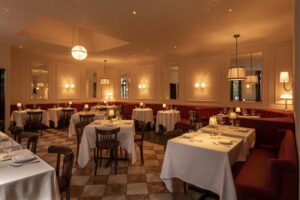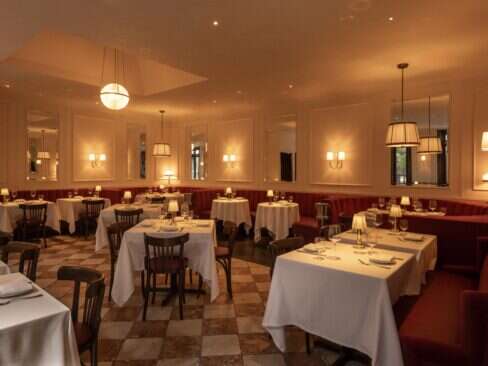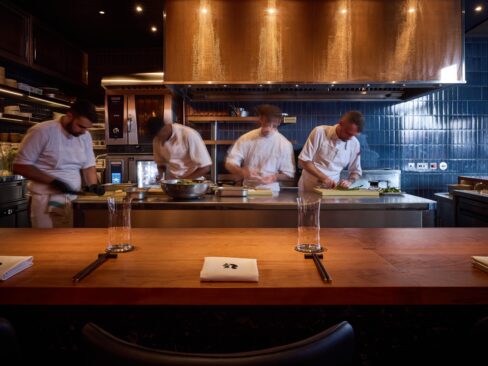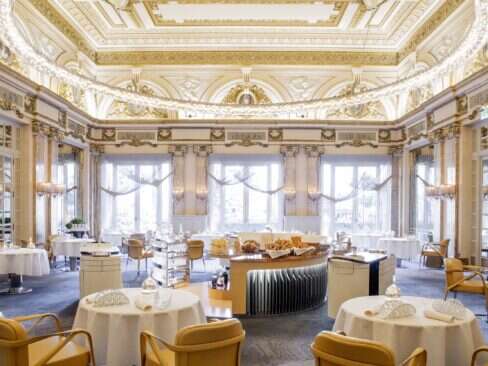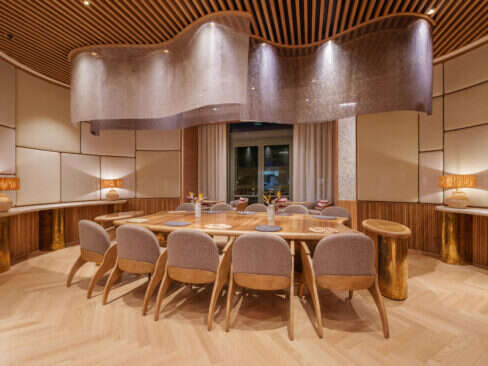To someone not in the know, being presented with a wine menu can be somewhat intimidating. Without a certain level of understanding, some lists may as well be written in a foreign language for all they communicate about the content of a restaurant’s wine cellar, with vintages, producers, regions and price tags all scrambling into uninterpretable nonsense. Fortunately, most restaurants worth their salt will have a guardian angel; a savior in smart dress; a translator: a sommelier. The role of sommeliers goes much further than helping you choose a bottle, though (and no, they are not just trying to upsell you — on the contrary, somms will often be the first to tell you about a great deal).
Instead, it falls on a sommelier to work closely with winemakers and suppliers to craft a wine list that not only intrigues and entices guests but also tells a story with every cork popped and glass poured: Who owns this vineyard? Who picked these grapes? Who designed this label?
Whether you’re an oenophile after something a little off the beaten path or a novice looking for some hand-holding as you navigate your way through a wine pairing, befriending the sommelier is all but key to elevating the restaurant experience.
Victoria James
New York City
Restaurants: Coqodaq, Cote
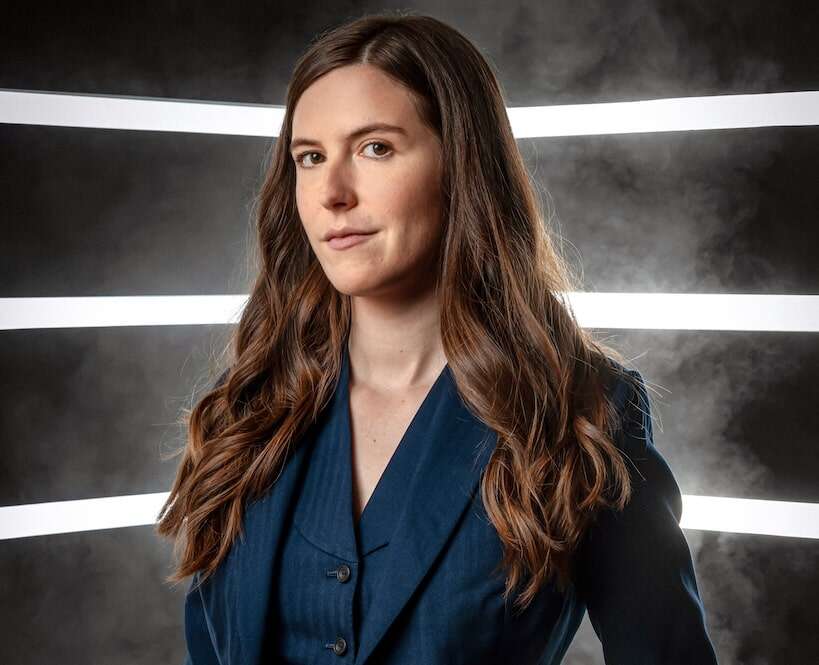
There is, particularly in the fine dining circuit, a stigma that wine must be serious and that the drinking of fine wine should be reserved for the enjoyment of serious people only. Fortunately, a new breed of restaurants, drinkers and sommeliers are here to stomp such a stigmatism into the ground — and among them is Coqodaq, where the wine program is led by Gracious Hospitality Management’s beverage director Victoria James.
[See also: Coqodaq is Making Fried Chicken Fancy]
Introduced to the world of restaurants at an early age (“I grew up working in a greasy-spoon diner under the railroad tracks in New Jersey when I was 13,” she tells me), James made history at age 21 when she became the youngest sommelier in the US at the time. “From there, I moved my way up through Michelin-starred restaurants, and then in 2015, I met Simon Kim,” she says.
Together they opened Korean steakhouse COTE in 2017 (which went on to earn a Michelin star), a second outpost in Miami and another in Singapore, and then, eventually, Coqodaq. Fresh on the New York City scene, having opened in the cold days of January, the Flatiron District restaurant is the brainchild of Kim who, simply put, wanted to serve great Korean-style fried chicken alongside some equally great champagne.
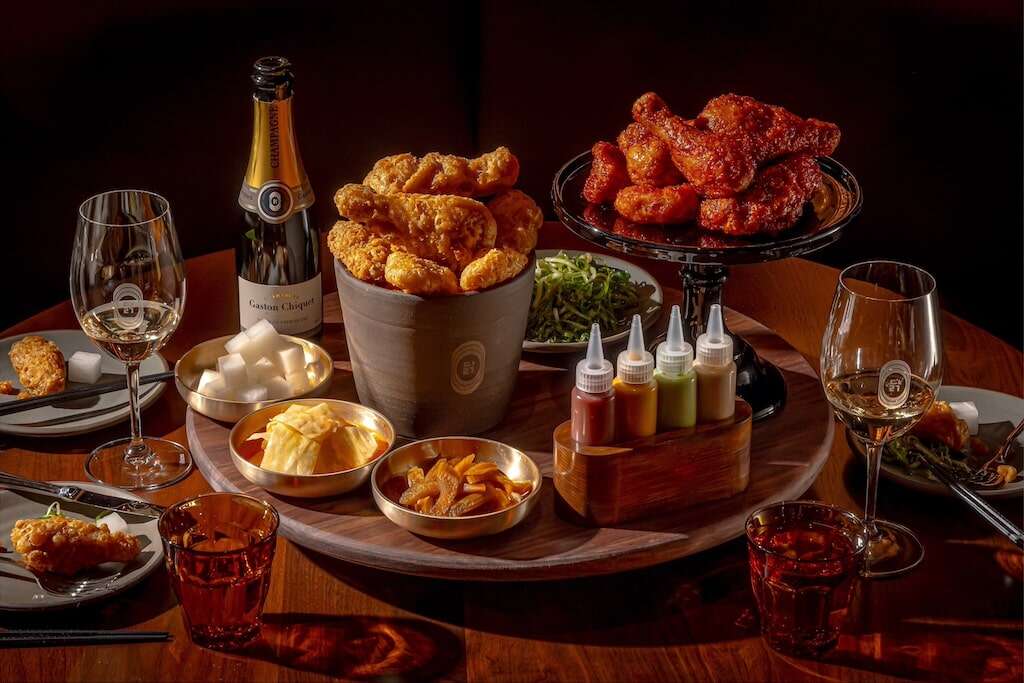
A posh twist on the traditional Korean concept of chimaek, which pairs fried chicken with beers, the coupling is said to use champagne’s effervescence to cut through the meat’s fat. Salty, crunchy fried chicken washed down with decadent, rich bubbles — the city has gone mad for it (reservations are hard to come by, and walk-in lines stretch around the block), and how could they not?
In line with Kim’s vision, Coqodaq proudly contains the largest champagne selection in the US, with over 400 varieties to choose from. “I wanted the list to express what champagne is today,” James says. “Who are the cool new growers? Who are the blue-chip classics? But also, I wanted it to be diplomatic. One of the tenets of the Gracious Hospitality Management beverage program is that we have the audacity to do something crazy,” James says.
While champagne drinking was once reserved for the upper echelons of society, Coqodaq aims to break down the wine’s accessibility issues with a 100-strong bubbles list for under $100 (still not cheap, but by NYC standards, a steal) as well as a number of half bottles. “I wanted everyone to be able to drink champagne,” James says. “It doesn’t matter if you’re a college student or a billionaire, you can come to Coqodaq and have a great experience. You can have a bottle of champagne and some fried chicken, or you can come and have some really cool things — we spent a lot of time sourcing some really rare bottles.”
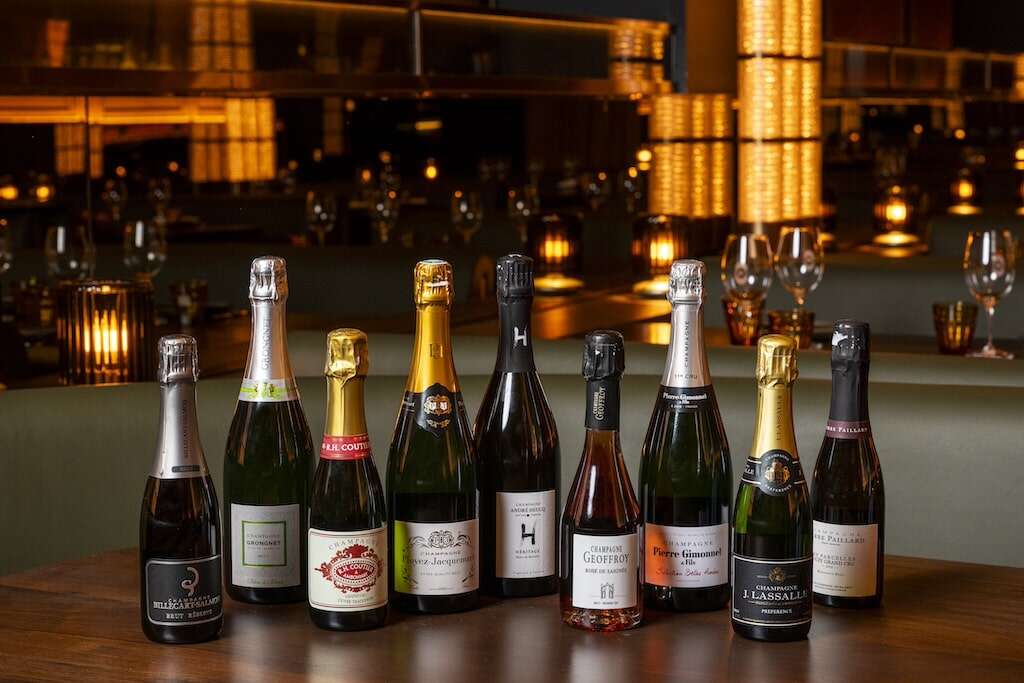
While Coqodaq might be doing something a little avant-garde in pairing a dish that’s typically considered fast food with highbrow bubbles, James is certain that those in the champagne industry are on board. “They love it!” she tells me. “It’s funny — last year I was in the Champagne region, and I was asking all the wine growers about new restaurants I had to check out. I thought they’d tell me about a fancy Michelin-starred place but they all said, ‘You have to go to Soccer Burger.’ It’s a burger joint with an amazing champagne list — the winemakers just love this casual style of dining.”
Unusual pairings
“We made a specific cuvée with grower/producer Gaston Chiquet called Coqodaq Collection Champagne. So, if you walk into the restaurant and you don’t know what you want, that is a great pairing with our classic fried chicken — it’s one of our most versatile champagnes. But once you start to get saucy with it and add in some spice, you can toy with more rosé-style champagnes, which are heavier and sweeter.”
Isa Bal
London
Restaurants: Trivet
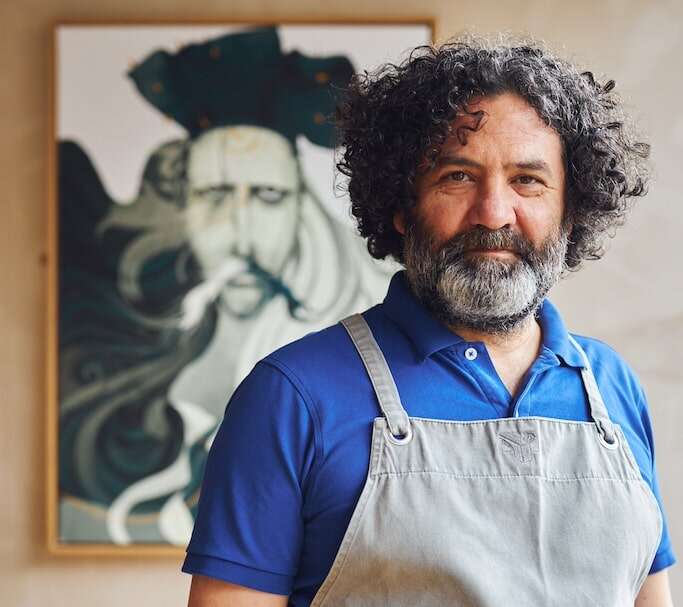
When The Fat Duck alumni talk, you can be quite confident that the restaurant world will listen. In 2018, ex-head chef Jonny Lake and ex-head sommelier Isa Bal of Heston Blumenthal’s three-Michelin-starred flagship joined forces once again. The result of this bold move was Trivet, a modern London restaurant that proudly does things a little differently — and was just awarded a second Michelin star in the 2024 guide for its brand of self-proclaimed ‘unpretentious fine dining’ (following its first in 2022).
[See also: Trivet Restaurant, London: A Post-pandemic Success Story]
From its conception, Trivet was always about creating a menu where food and drink worked intrinsically together — not as separate offerings, but as two halves of a whole restaurant experience. “In my previous job, I started to get a bit bored with wine,” Bal told me over the phone early one Friday evening. (We spoke just weeks after the 2024 Great Britain and Ireland Michelin Guide announcement, and the restaurant team was gearing up for a busy weekend after its latest accolade.) “I was mainly tasting wines from Bordeaux and Burgundy, and things that everyone knows. When you try them every day, it gets boring. It got to a point where I was worried that I didn’t like wine,” he says.
And so, Trivet goes against the grain. The 350-wines- strong list is ordered in a way few minds could have conceived: Instead of by region, Bal has ordered his cellar chronologically, beginning with the historic beginnings of wine in Georgia, which purportedly began producing in 7000 BC, and ending with Mars, which, by Trivet’s tounge-in-cheek estimations, could start producing by the 3000 AD. Bal’s native Turkey gets an honorable mention as one of the oldest wine producers in the world, too. “I designed [it] selfishly — I wanted to reignite my own love of wine,” he says.
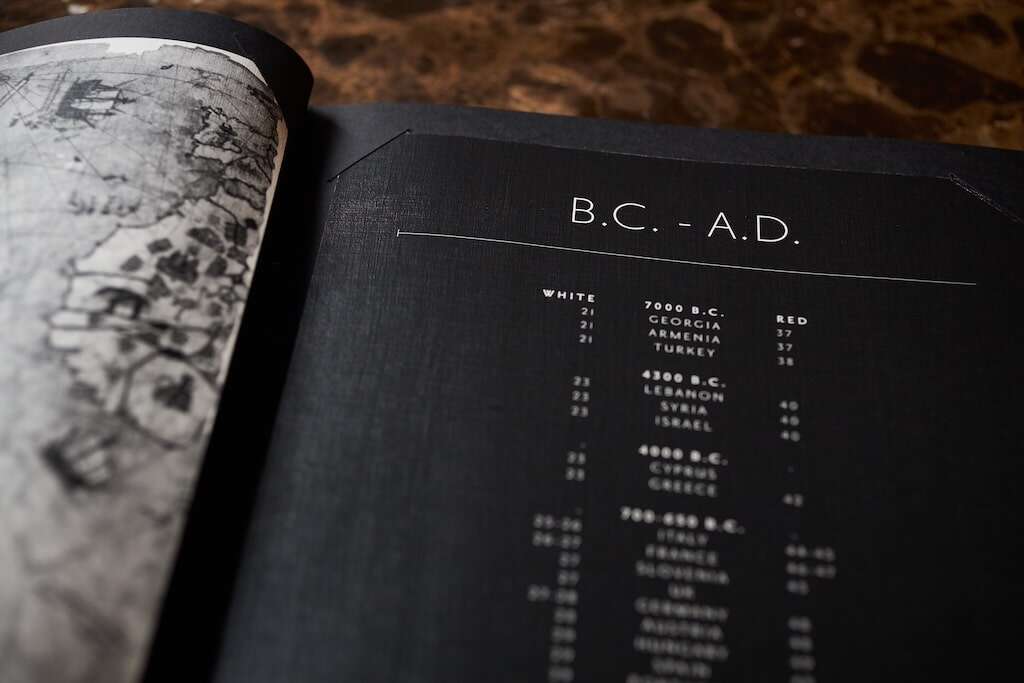
Through his unusual ordering, Bal is hoping to strike conversations around wine. “We have found that when people are trying wine, we need to encourage conversation.” Bal uses this burgeoning relationship between server and diner to generate suggestions that go beyond just matching food and drink. “It would be wrong for me as a sommelier to assume the customer wants a perfect match — they might just want to have a glass of wine, regardless of what they are eating,” he says. “At the level we operate, people want a bit more individuality and a wine that is suited to them, rather than just mechanically matching a wine to food and saying, ‘Yes, that’s what works.’”
Unusual pairings
“We have a dessert on the menu called Turkish Breakfast, and we developed it with a red wine in mind. Often when people are eating, they have a bottle of wine, they have their main course, the food is finished and they still have some wine. And then comes the dessert and it clashes with the wine, so this is a dish designed to work with red wine. It has sour cherry — a little bit of bitterness and acidity which really works.”
Vincent Morrow
Napa Valley
Restaurants: Press

Right in the heart of Napa County, where the sloping vineyards give way to shrub-covered mountains, is St Helena — a pretty, sophisticated town embedded in wine country lore. It is here that you’ll find Press, a family-owned and -run restaurant that has embodied Napa’s culinary landscape for over 15 years. It makes sense, then, that Press’s wine list is one of the finest in the region, if not the country.
Since 2020, it has fallen on wine director Vincent Morrow to uphold founder Leslie Rudd’s legacy, and he continues to carefully tend to the restaurant’s abundant wine cellar — a cellar so large that it holds the world’s biggest collection of Napa Valley wines. While Arizona-born Morrow initially moved to California to pursue a soccer career, the world of wine eventually lured him in.
By 31, he had achieved the title of master sommelier; worked as a senior sommelier at the three-Michelin-starred Benu in San Francisco; and helped man the cellars at the incomparable The French Laundry — Morrow’s CV is one with some weight. While his resume shines, taking on Press’s wine program had a unique challenge: not just to uphold its stellar reputation, but also to add his own spin on the restaurant’s list.
“There is a lot of history embedded in the restaurant, so changing it — or should I say, evolving it — wasn’t necessarily met with high demand from everyone involved,” Morrow says. “At first, I wasn’t trying to change anything, I was just looking under the hood to understand what was working and what wasn’t — a lot was just organization. When we opened again [following Covid-19] it was about getting a sense of what guests wanted, and then filling in the holes. It was important to me to really highlight […] the cool stuff [from Napa Valley] that isn’t available anywhere else.”
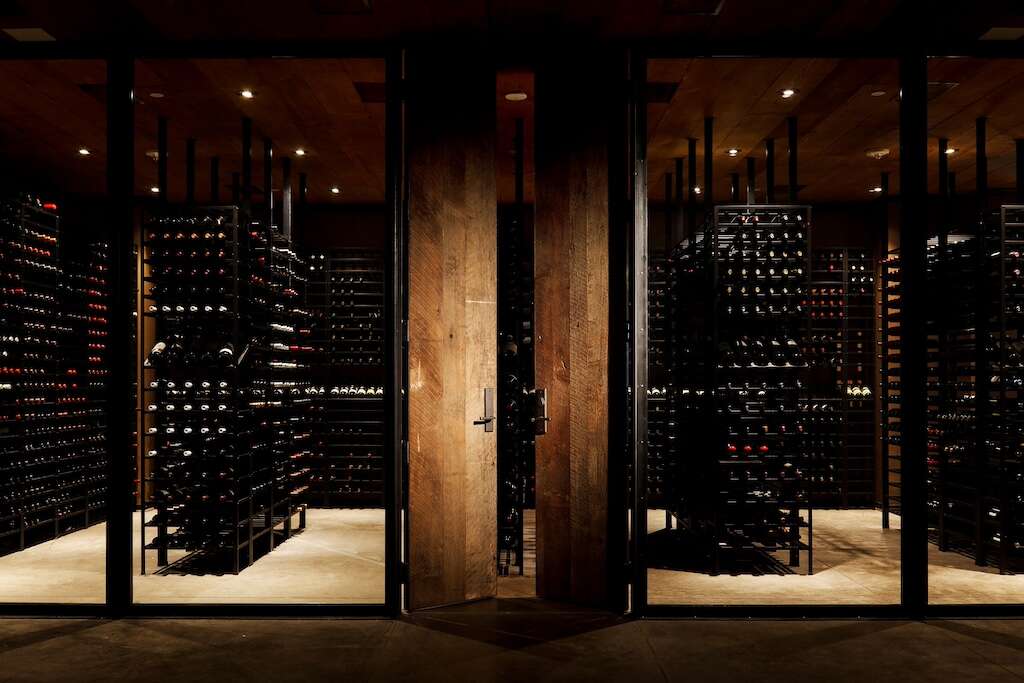
And highlight it he does. Morrow describes his wine list as being “in the Napa sandbox,” by which he means a drink or a producer must have some sort of loose connection to the region. The IWA 5 sake, for example — which is very much not made in the Napa Valley — passes Morrow’s strict guidelines because its maker, Richard Geoffroy, began his wine career in the valley in the 1980s, moved to France with Dom Pérignon for 30 years, then started working in Japan making sake. “It’s as much of a Napa connection as we could possibly get for sake,” Morrow says. “First and foremost, it pairs wonderfully, but the connection shows the range of what the Napa Valley sandbox can produce.”
To Morrow, though, it’s just as important that diners know how to properly utilize the skills of a sommelier as it is for him to recommend a good wine. “There is some vulnerability in it, but guests need to be honest and just try to explain what they like,” he says. “It is also super helpful when people are clear about budget. No one here wants a guest to feel uncomfortable with what they’re spending, whether it’s $50 or $500. One of the most confusing things for all of us is when someone isn’t willing to communicate what they want to spend. It’s not tasteful to ask a guest their limit — they need to communicate it.”
Unusual pairings
“When I worked at a restaurant in San Francisco, we had a French chef who made a dish called the Seafood Royale. It had a savory custard at the base with three different seafoods, typically uni, scallops and oyster, topped with a fennel foam. We started out with white wine and it wasn’t very good. I thought of sake but it was a French restaurant — it’s just not going to work. So, we tried something with a similar weight and texture to sake and we thought of vermouth, so we tried it with a French vermouth which felt like the right track, but we needed something more floral. Our bar director grabbed a California vermouth and we tried it, and wow. It was one of those hair-on-the-back-of-your-hand moments. It was so good, and we knew people would never expect it. To date, it’s my most favorite pairing.”
José Luis Paniagua
Caceres, Spain
Restaurants: Atrio

‘Culinary Mecca’ is a phrase brandished around without much conviction. Atrio, however, is a restaurant (and Relais & Châteaux-accredited hotel) worthy of it. It is not the type of place you stumble upon by accident — it is in the city of Cáceres, a pretty and historical (you might recognize it as a Game of Thrones filming location) but admittedly relatively small and inaccessible destination in western Spain. Chances are, if you’re visiting, you’re looking for Atrio.
Opened in 1986 (but since moved to flashy new holdings) by chef Juan Antonio “Toño” Pérez and wine connoisseur and collector José Polo, Atrio is a quiet but impossibly accomplished restaurant; a reservation there has become one of Spain’s most coveted currencies. It held two Michelin stars for 18 years for its immersive, creative take on classic Spanish cuisine before eventually, in 2023, receiving its crowning jewel: a third Michelin star.
[See also: Atrio: Wine Heist Restaurant Thrives with Third Michelin Star]
The restaurant made the headlines for all the wrong reasons in 2021, when it was the victim of a high-scale wine theft: In the dead of night, a couple posing as guests made off with over €1.6m (approx. $1.7m) worth of wine, including several prized bottles of Château d’Yquem. “Those bastards had stolen the most special stuff,” Polo told The Guardian last year. The thieves are now behind bars and the restaurant is moving on (although those precious bottles never did make it back home).
Atrio counts 40,000 bottles from 23 countries in its vast cellar, and it falls on the head of sommelier José Luis Paniagua, who has been at the restaurant for 14 years, to translate this mammoth collection for those fortunate enough to dine at the restaurant.
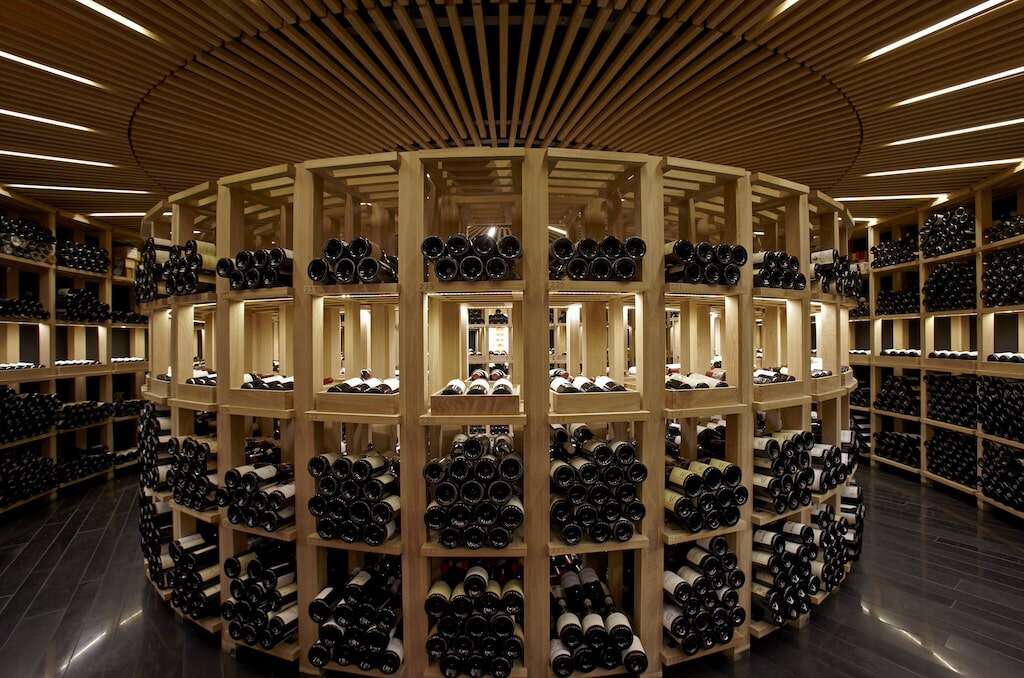
Paniagua’s career began in London in the early aughts where he undertook WSET training before joining the sommelier team on board a Cunard cruise for two years. Back in London, he moved to the iconic The Ritz as assistant head sommelier. “I couldn’t believe it,” Paniagua says. “Sometimes dreams come true.”
Eventually, though, Spain called him home. “To San Sebastián no less, to Andoni Luis Aduriz’s Mugaritz,” he recalls. “I remember this time because I received a very specific type of clientele for Michelin-starred restaurants: people who were truly devoted to haute cuisine. And it was after San Sebastián that I finally returned to Cáceres, my home […] Atrio is by far the project with which I have felt most identified. I am in my homeland; it is a place with a lot of soul and passion as well as being the most important wine cellar in which I have worked.”
While the brave may wish to attempt Atrio’s mammoth wine list alone, the less experienced, the more relaxed or the more trusting can put themselves in Paniagua’s safe hands with a pairing. Journeying through some of the world’s finest vineyards, the flight is an exposure to wine’s pinnacle. “We try to have the best possible wines from every wine region in the world,” he says. “We [want to] offer diners a wine proposal that suits their tastes, but at the same time be creative by recommending wines they may not know and making them discover new regions.”
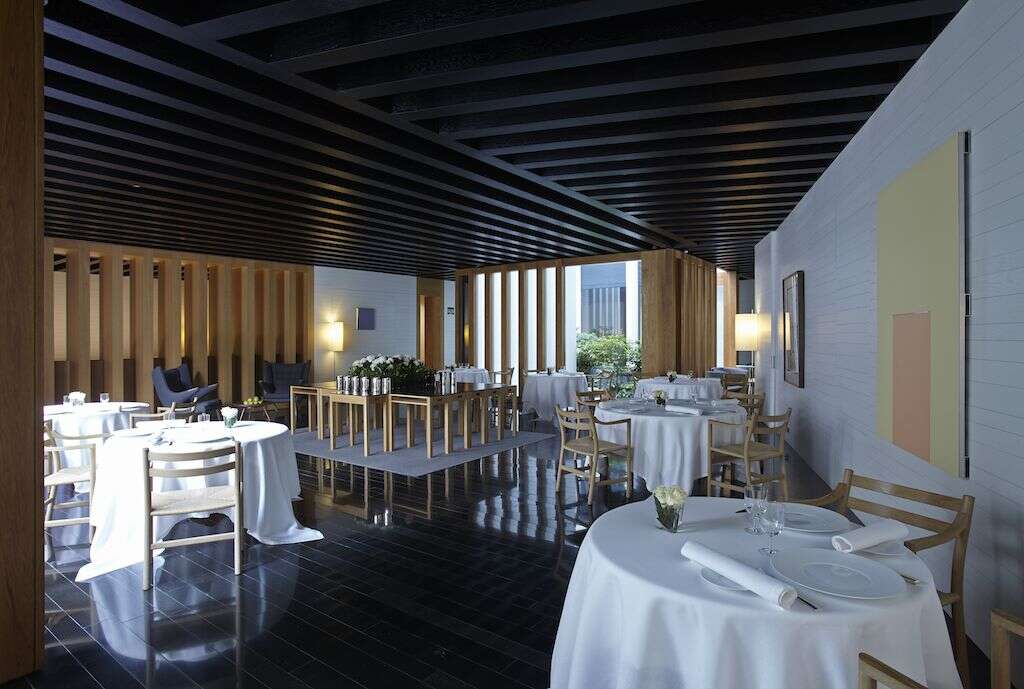
Unusual pairings
“I remember a specific case when we had to create a dessert to pair with a sweet sherry wine, a Pedro Ximénez (PX). These are extremely sweet and unctuous wines, so our chef decided to create a half-finished dessert: a dessert with ingredients that if you took it on its own was not a dessert, but if after taking a bite of the dessert you took a sip of the PX, it all made sense. It was a very special proposal.”






